An Article by Bernie Power with The Voice Fuerteventura

If you take a drive out into the countryside or villages in Fuerteventura, look up at the hillsides as you are bound to see a herd of free roaming goats or a goat farm or two.
Considering that archaeologists have discovered bones from 3000 years ago, we can conclude that goats have been here longer than man, who it is estimated arrived 2200 years ago.
Stranded
Back in the ocean-faring days, when sailors visited a new island, it was customary for them to leave a pair of goats behind. This was to help any shipwrecked crew who may unfortunately land up there. This included islands such as the Canaries and maybe the reason why we have so many here on the islands today.
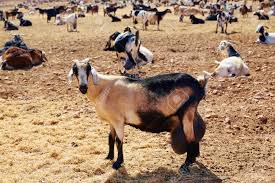
The Majos of Fuerteventura
If you were one of the early inhabitants on the Canaries, the goat would have helped to ensure your survival because, quite simply, you can use the whole animal. Firstly it provided milk and cheese and its meat was a staple food. At that time, there was nothing else substantial here to eat as fishing was dangerous due to regular slave raids on the coasts. But food aside, the goat also had many other uses.
The bones were also used to make needles, tools and musical instruments. The skin of course, was used for clothing and more importantly, shoes, as the terrain was so sharp. And the shoes fashioned from the goat skins were given the same name as the native inhabitants on the island , Mahos. The goats bladder was used to carry liquids and the horns were used as to make jewellery and weapons. Literally, they used the whole goat!
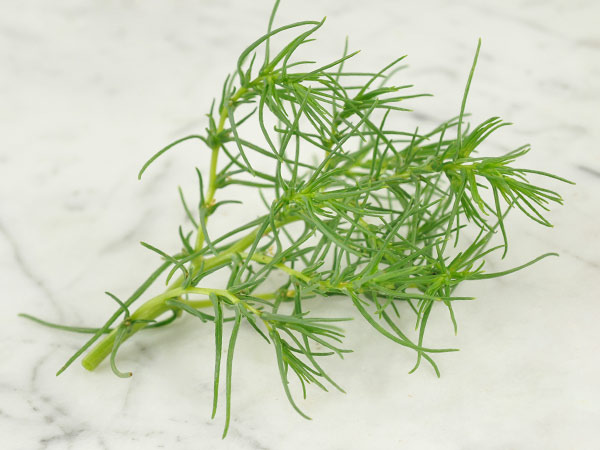
Vegetation on Fuerteventura
The vegetation on the island was very different from what it is today. Just 500 years ago the island had many trees and was abundant with plant life, fed by rivers and streams. This allowed the goats to wander about and feed freely. Unfortunately after the conquest (1402 – 1405), although the goat was still so very necessary to the settler’s survival, the land itself was to change.
Trees were heavily used to burn limestone for export trade. You can still see limestone ovens all over the island and evidence of the massive deforestation is everywhere. The felling of the trees also led to erosion and loss of small plants too and the farmers were always struggling to save their crops from wandering, hungry animals.
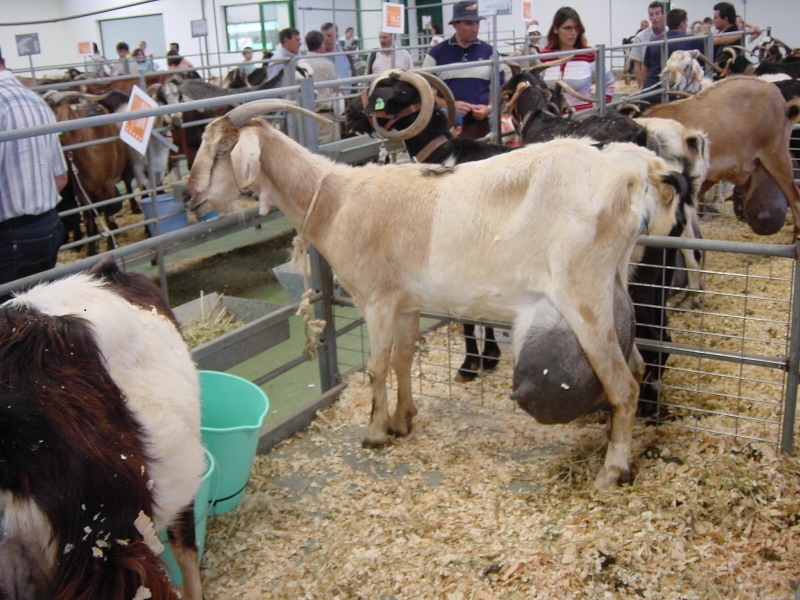
Pure Breeds of Goat
The goat trade has always been active here in Fuerteventura and was a great part of the early economy. Locals traded with nearby Morocco and colonies in Mauritania. Many thousands of goats were also shipped from the island to Africa. Their pure breed and varied genes made them very sought after as breeding stock.
Today there are more than 30 different types. The main port of exit for the goats became known as Puerto de Cabras or goat’s port and as it was the main trading centre, it soon expanded. By 1860 it became the capital of the island. However a hundred years later, the council decided (without consent) to change the name to Puerto del Rosario or Port of the Rosary, after the local church. This was an attempt to clean up the image of smelly goats. Goats that they owe so much to!

Rules And Regulations
Since 2009, the island has been designated as a Biosphere Reserve and we are committed to the protection of the land and its natural life. This has changed the habits of the farmers, who now have to try and protect the plants, so many of the goats are now enclosed and you don’t see as many free-roaming anymore, except for outside of the main resorts. Not so many years ago, the goat population was actually greater than that of the people!
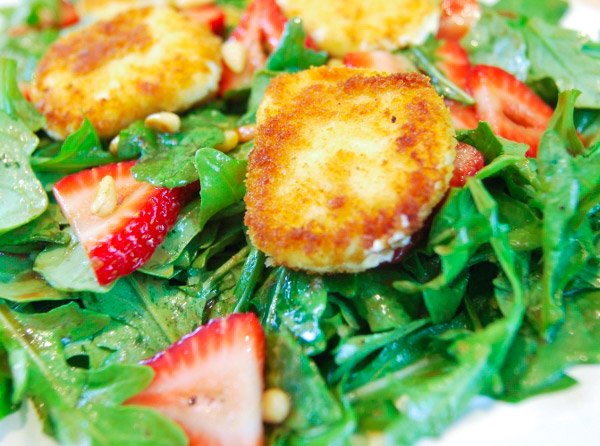
Fuerteventura Goat Cheese
However, these new rules have had a positive result on the quality and production of our local, award winning cheeses. Many of the Quesarias or cheese factories around the villages show how profitable and popular local goats cheese is today. We even have a cheese museum in Antigua, dedicated to cheese production, where you can find out all about it and it is well worth a visit. You can even try your hand at milking a goat for yourself, albeit a computerised one.
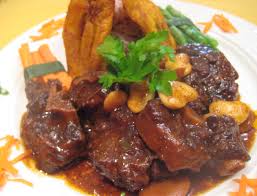
Mlld And Mighty
But, just like in the early days, it is not just the milk and cheese that is enjoyed, the meat is also as popular as ever. A local goat dish of marinated kid goat is a tasty alternative to lamb and goat meat is widely available if you want to try it. So maybe you prefer a turkey for your festive feast or a leg of lamb for a Sunday lunch, but spare a thought for the mild, yet mighty goat. As this amazing animal really can hold its horns up high and take its rightful place as an important contributor to our life and economy here in Fuerteventura.
